Photos by David Yen (@chilltron4000), Jennifer Bin (@jenniferbin), Kuan (@3dk129) and Dominic Ngai
Urban exploration (often shortened as ‘urbex’) refers to the exploration of abandoned and inhabited man-made structures. Photography is a huge part of these ventures, which documents vistas of cities unseen from the humdrum of our lives on the ground, as well as the dramatic changes of cityscapes over a period of time.
As a result of the rising popularity of social media platforms like Instagram in the early 2010s, ‘rooftopping’ photos – a form of photographic documentation of urbex featuring shots taken on rooftops or other high vantage points of metropolises around the world – have infiltrated our IG feeds, inducing vicarious vertigo in many just by staring at these photos on our smartphones.

Photo by @jenniferbin
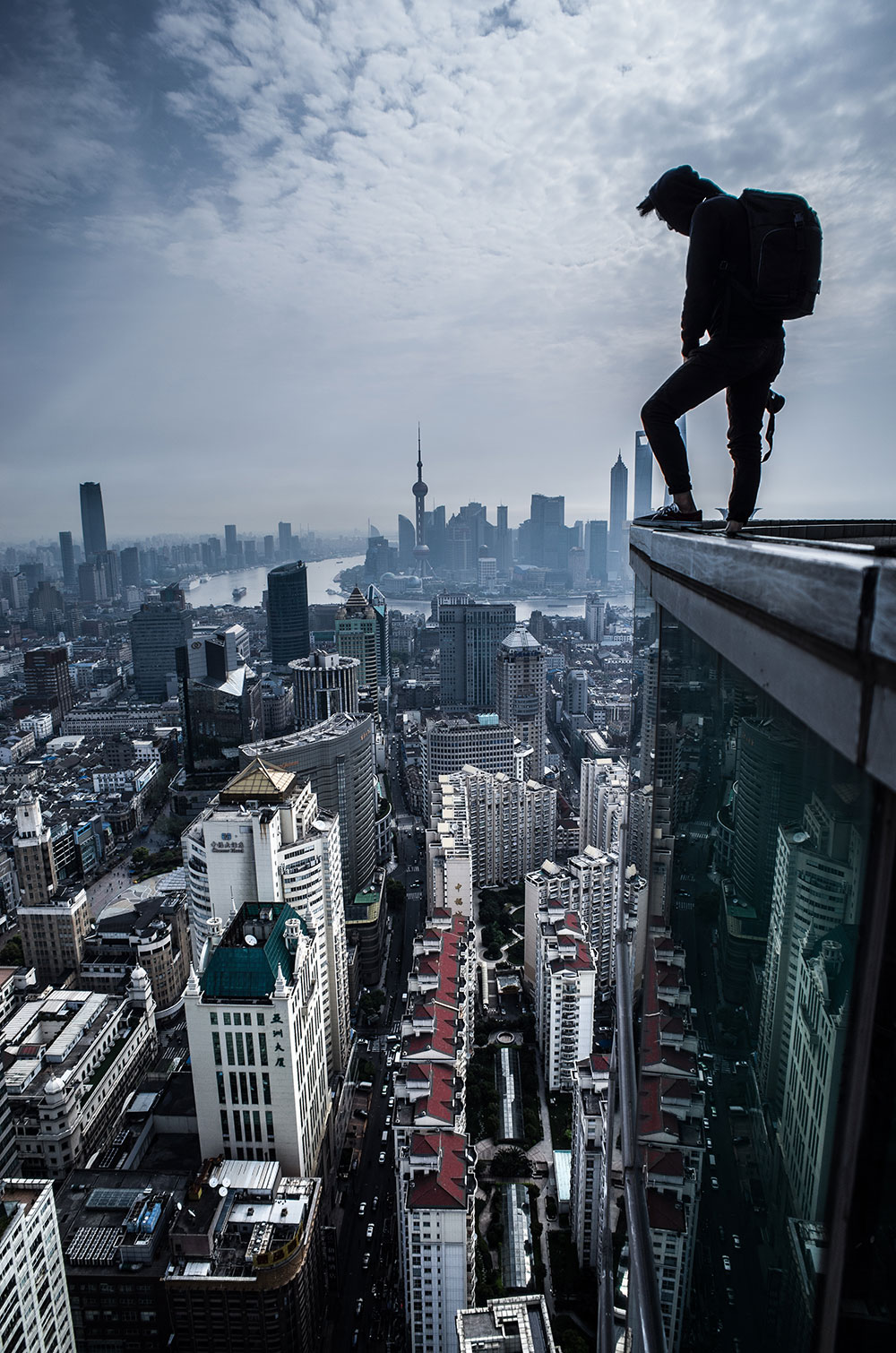
Photo by @jenniferbin
In China, rooftopping ‘culture’ began around the same time as the West, though it’s at a much smaller scale – with only 30-40 people around the country at most. In this story, three photographers known for their breathtaking cityscape shots from Shanghai and China’s rooftops – Jennifer Bin (@jenniferbin), David Yen (@chilltron4000) and Kuan (@3dk129) – tell us the thrills and inescapable danger of rooftopping, and how far they’d go to capture these images.
***
Standing 22 stories above ground on the rooftop of a building in the heart of Shanghai, the first thing I notice isn’t the panoramic view of Lujiazui and People’s Square surrounding me – it’s how much my legs are shaking and how slowly I’m moving while trying to balance myself. For experienced rooftop photographers David Yen (@ chilltron4000), Jennifer Bin (@jenniferbin) and Kuan (@3dk129), however, the height doesn’t seem to bother them at all. Rooftopping is part of their lives.
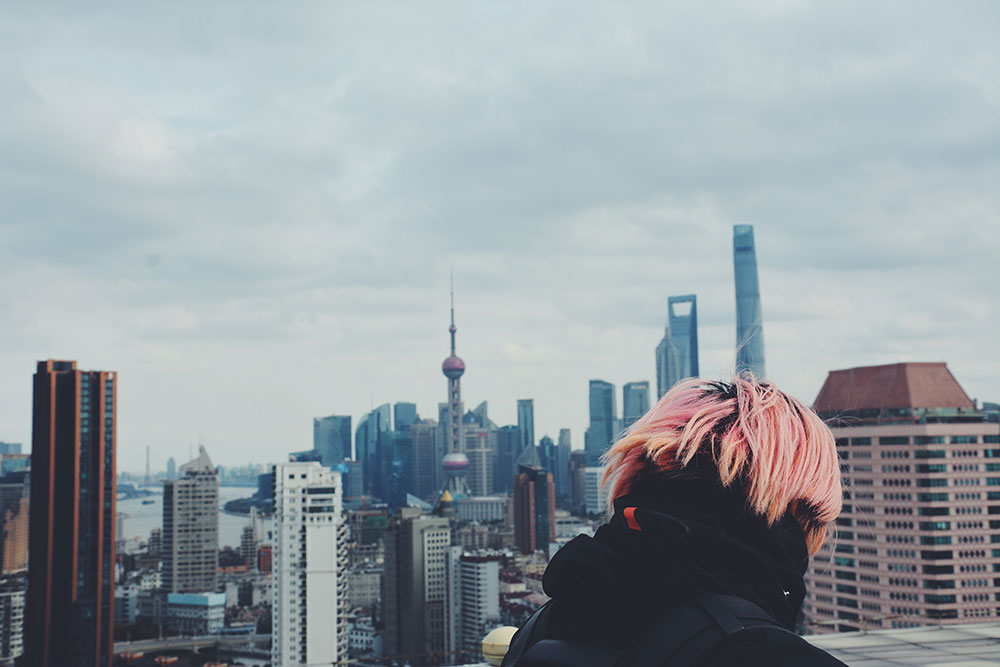
Photo by Dominic Ngai

Photo by @jenniferbin
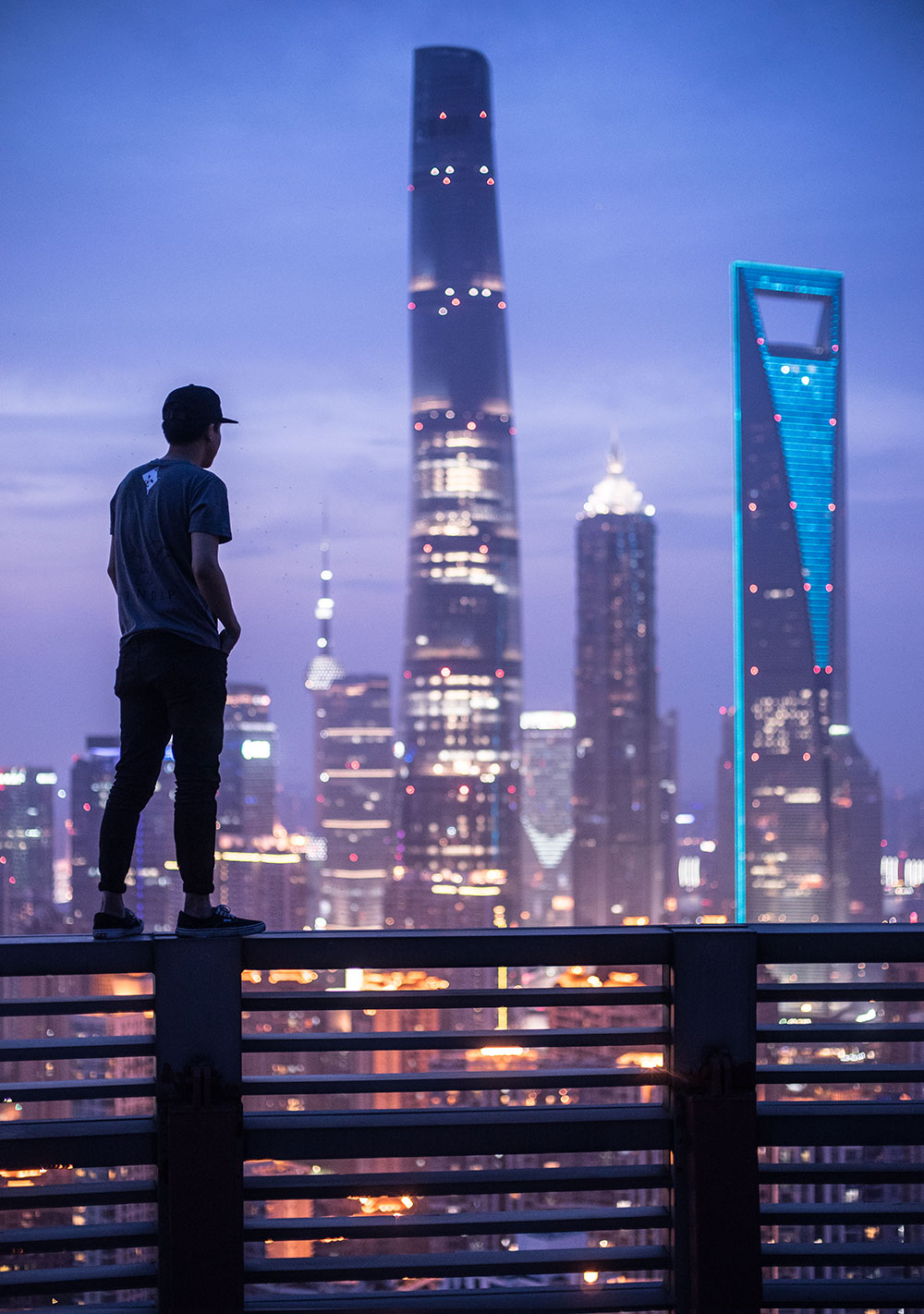
Photo by @jenniferbin
A term that first appeared in Canadian urban explorer Jeff Chapman’s 2005 book Access All Areas, rooftopping was popularized when Tom Ryaboi’s (@roof_topper) photograph titled ‘I’ll Make Ya Famous’ made headlines in publications around the globe in 2011.
Each with tens of thousands of followers on Instagram, Yen, Bin, Kuan and a band of Shanghai-based photographers often go on expeditions to explore, discover and shoot different rooftops around the city and country together. Occasionally, they are joined by rooftopping enthusiasts around the world when they visit Shanghai.
"Tall buildings are often only accessible to rich people who can afford a presidential suite. I want to liberate these views for other people” — @jenniferbin
Jennifer Bin, a Torontonian now famous for her breathtaking photography and shock of baby pink hair (and for being arguably one of China’s most Instagrammed people), started taking photography seriously when she moved to Shanghai in late 2014. Since then, she’s been on rooftopping trips to Shenzhen, Guangzhou, Hong Kong, New York and Tokyo. “I work as a UI/UX designer by day,” she says. “It’s very technical – more about strategy and problem solving. For me, photography is a visual outlet to express myself, and rooftopping is a big part of it.”
Similar to Bin, the Instagram feed of David Yen – who was born in Taipei and raised in the US – is full of cityscape photos, many of which are snapped from the tops of perilously tall buildings around Asia. “I started doing it because I want to experience and present cities in ways that people don't see on the daily, to offer a different perspective,” he tells me.
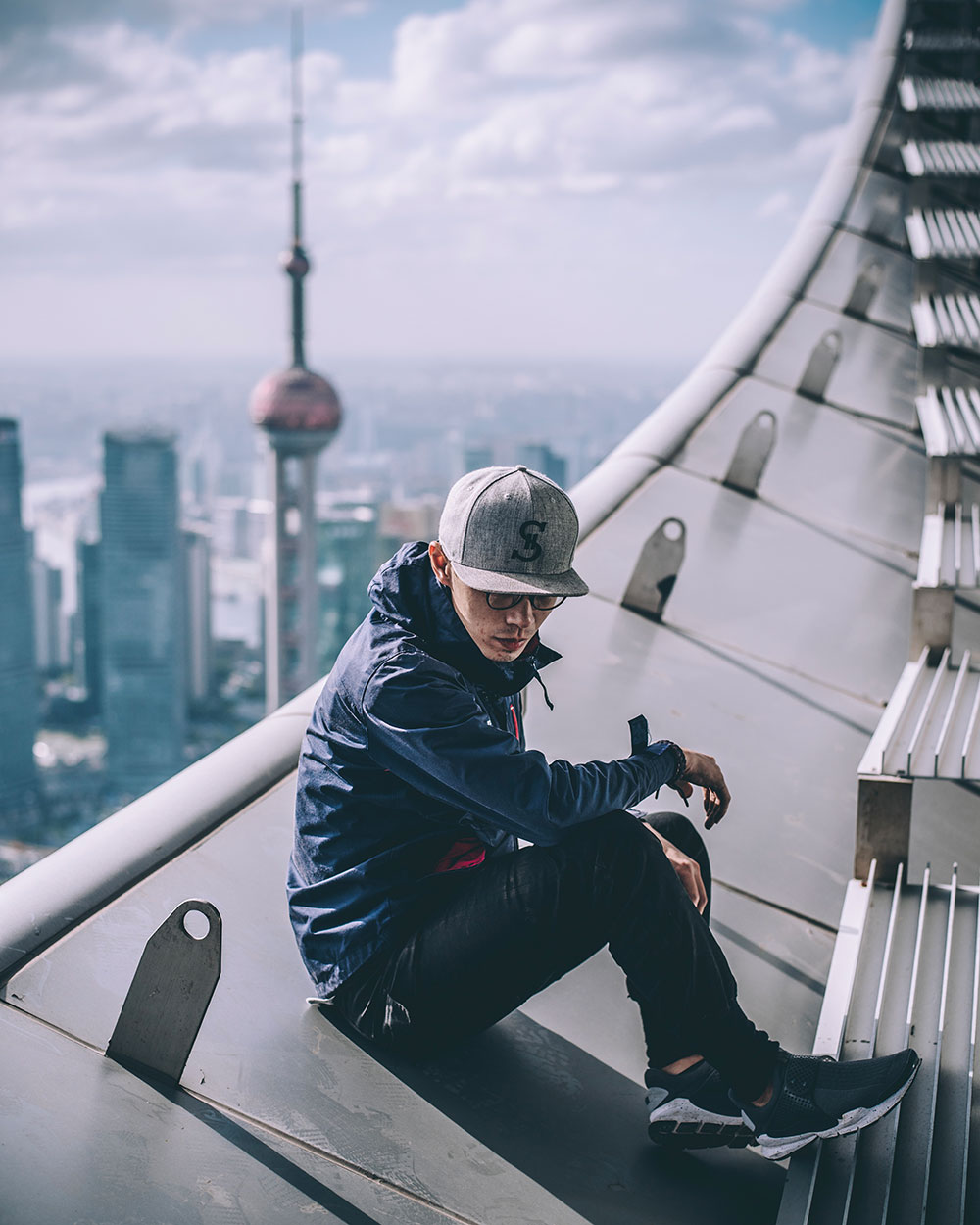
Photo by @3dk129
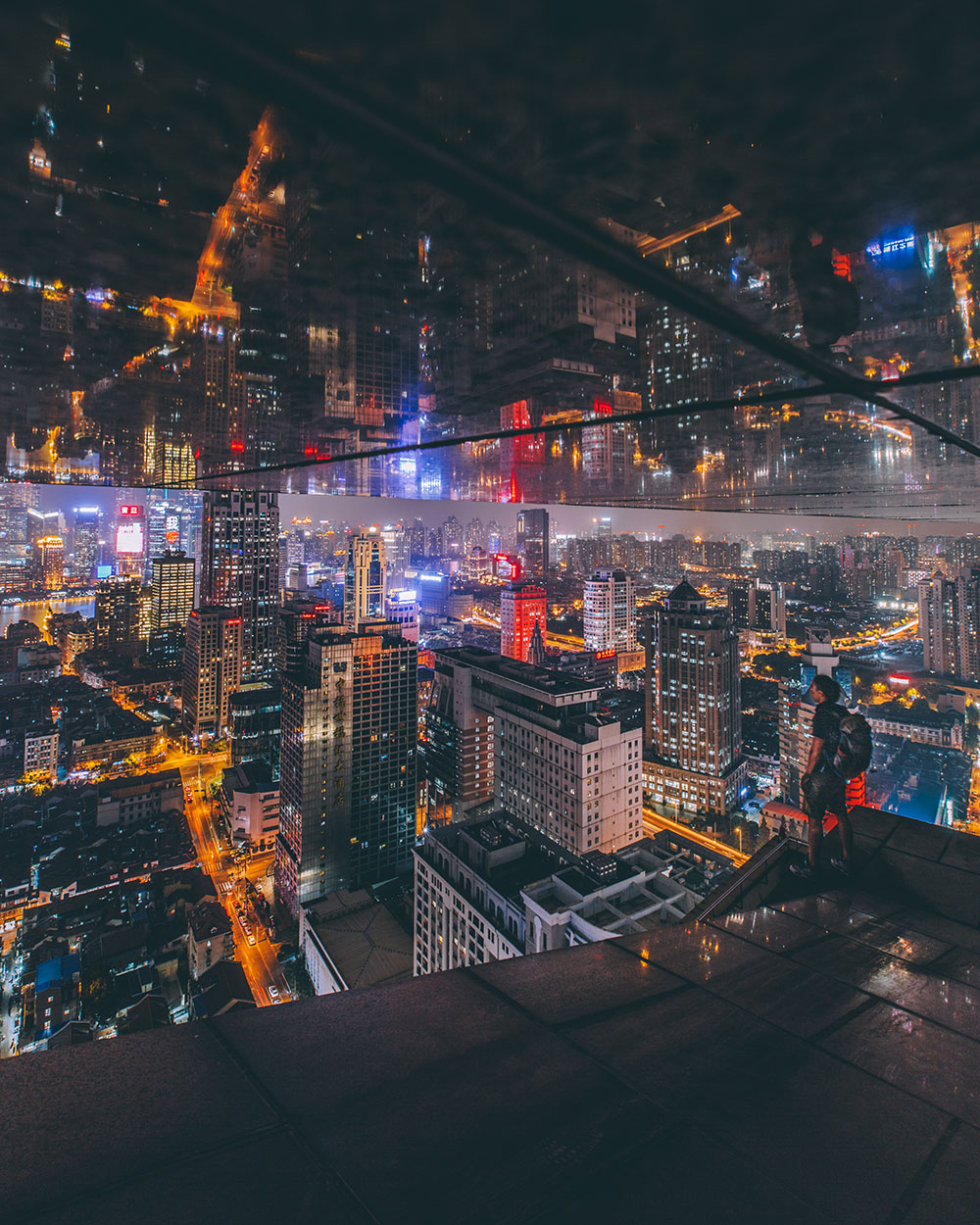
Photo by @3dk129
Yen, Bin and Shanghainese photographer Kuan, however, stress that they don’t want to be classified exclusively as ‘rooftoppers.’ “The intention should always be on the photography and creating good images, not to show people how brave you are,” Kuan adds. A huge fan of science-fiction movies and TV shows since she was young, Bin’s photographs reflect her penchant for the genre. “When I moved to Shanghai, I saw all these futuristic elements around me. Tall buildings are often only accessible to rich people who can afford a presidential suite. I want to liberate these views for other people,” she explains.
For them, there are two schools of rooftoppers. On one hand, there are the old school photographers where the angles, structure and aesthetics of the images always come first, and rooftopping is only a part of their repertoire.
Meanwhile, there are others who see the stunts that they perform and the number or height of the rooftops they’ve conquered taking center stage. “They are in it to display a sense of bravado… it’s become a contest over bragging rights for them,” Yen comments. These two groups, however, aren’t mutually exclusive. All three photographers say they often go on shoots with the newer rooftoppers, and admit that many of them also produce high quality photos.
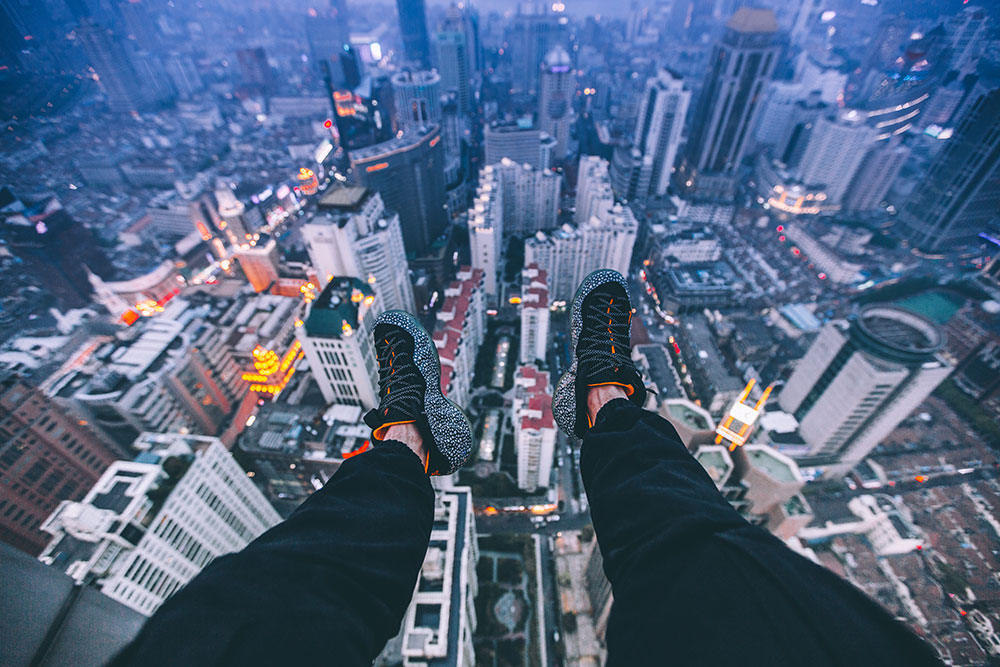
Photo by @3dk129
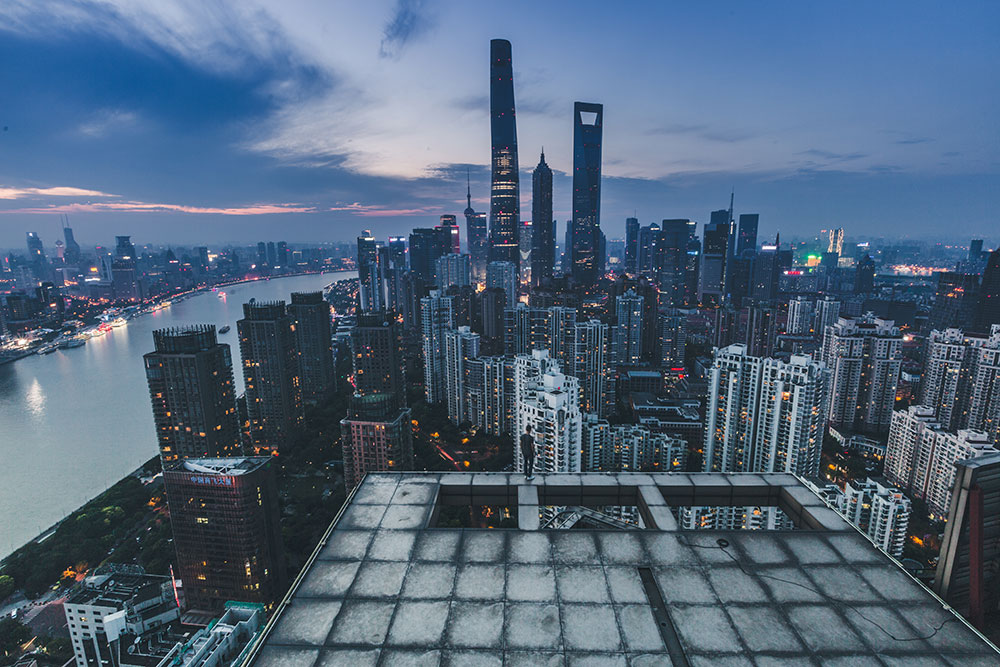
Photo by @3dk129
There’s also a silent code of conduct that must be followed among rooftoppers.
Rooftops must not be vandalized, and everything must be put back into place like how it was when they arrived at the scene.
“We might scope [the rooftop] out a few days beforehand to see what’s possible and what’s not; otherwise, it’s always quite spontaneous,” says Yen about what he does to prepare for one of these shoots. Depending on the situation, they spend anywhere from a few minutes to a few hours on each roof. “You just have to know your limits,” Kuan adds. “We never push each other to do things that we’re not comfortable with. I’ve had some friends who have asked me to take them rooftopping, but I’d always say no.” In addition to that, rainy and windy days are off limits.
“Showing respect to each building and other photographers who want to shoot there is the most important thing” — @3dk129
Concerns for safety shouldn’t be taken lightly. Incidents of rooftopping-related deaths have been widely reported in the West. In December 2015, a 24-year-old photographer fell off a 52-story-tall building in Manhattan while trying to climb a wet rooftop. Last October, another photographer from the Big Apple also met a tragic demise when he fell off the top of a moving train, a worrying example of how far urbex photographers are willing to go for Instagram fame.
During our rooftop excursion, the three photographers all note that it’s gotten more and more difficult to visit rooftops over the last few months. Some of their favorites, including a well-known office tower near Xintiandi, are now completely sealed off as a result of their rising popularity among rooftoppers.
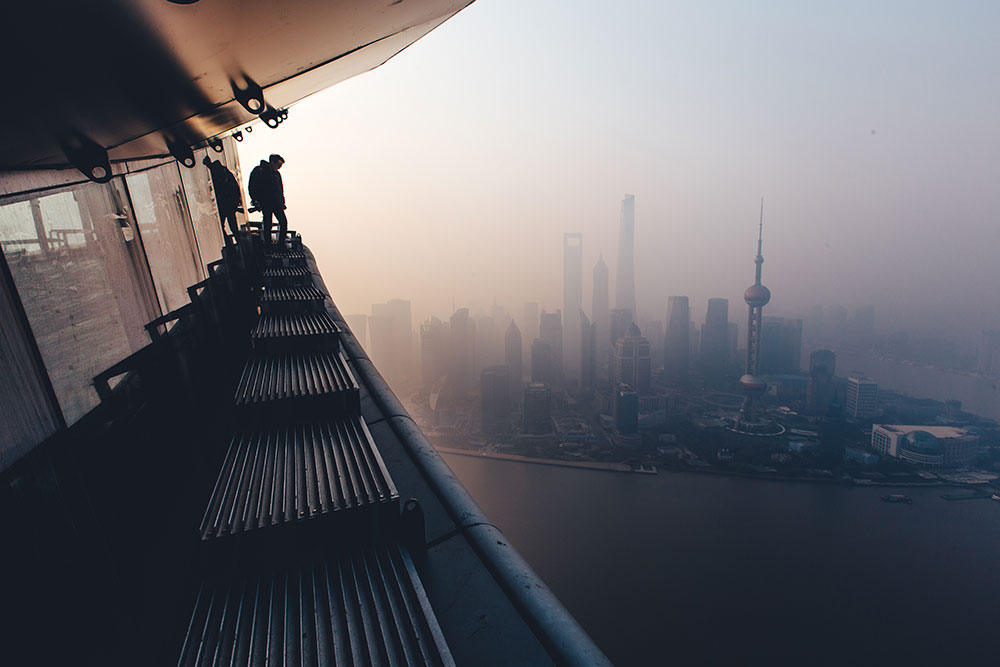
Photo by @chilltron4000

Photo by Dominic Ngai

Photo by @chilltron4000

Photo by @chilltron4000
“Be a photographer first and foremost,” Yen says. “Some of the new rooftoppers are eager to hit a roof, do some dangerous things and post it immediately, whereas old school photographers might go to a roof to shoot but will not post it until months later, just to preserve the spot and not draw too much attention to it.”
“Be a photographer first and foremost" — @chilltron4000
The scene in Shanghai and China might be smaller than in other cities, but it’s also somewhat friendlier. “In Toronto, rooftop - pers are super competitive and cliquey, some even put their own locks on doors to prevent others from entering their territory,” says Bin. Somewhat humbly, she attributes the rapid growth of her own following to the fact that there aren’t many Instagrammers in China, explaining that people outside the country are interested to see what it’s like to live here, and the architecture that defines its urban skylines. “Besides, people also like to see dangerous looking photos,” she admits.
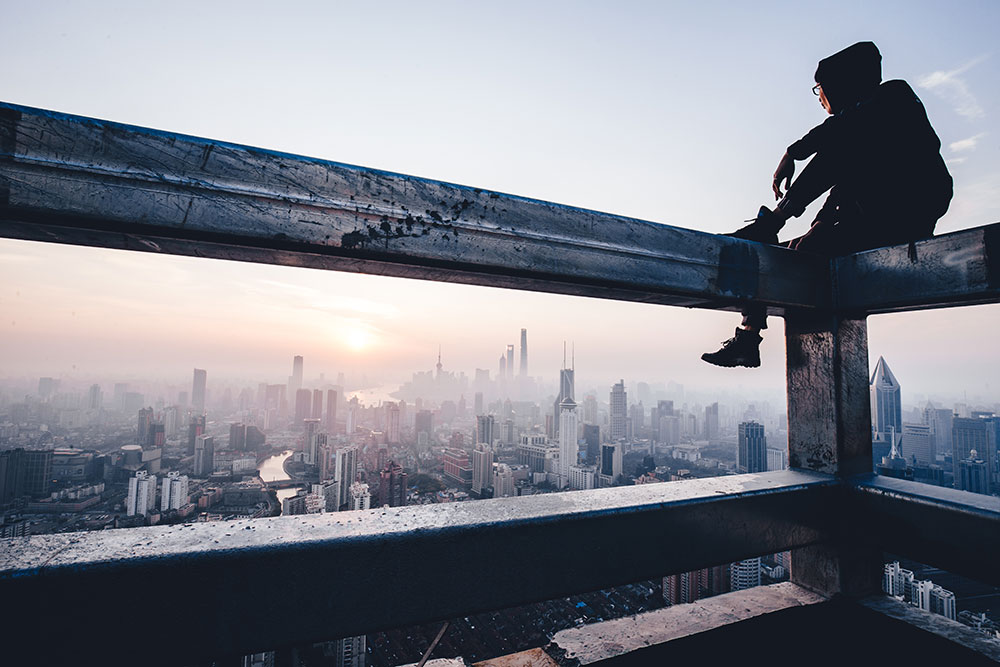
Photo by @chilltron4000
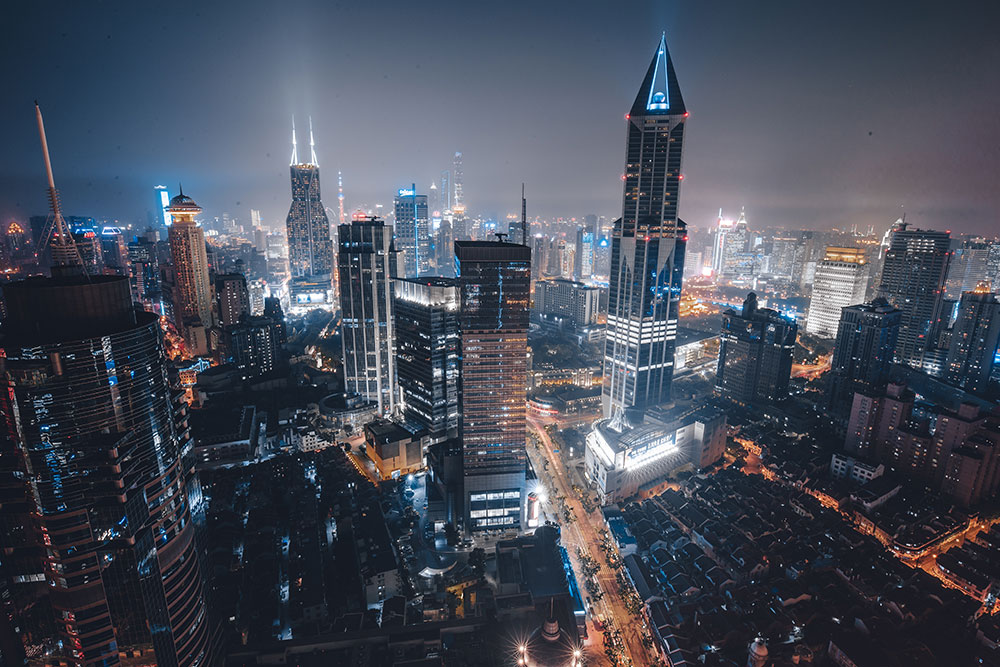
Photo by @chilltron4000
“Just take a deep breath,” Kuan says to me shortly after we climbed up onto the roof, “and sit for a while if you have to.” It didn’t take long for the adrenaline rush to kick in. After a few minutes, I find myself starting to enjoy the view in front of me. He reiterates in a serious tone while we are taking in a breath of wintery breeze, “Besides safety, I think showing respect to each building and other photographers who want to shoot there is the most important thing.”
Cover image by Dominic Ngai/That's.
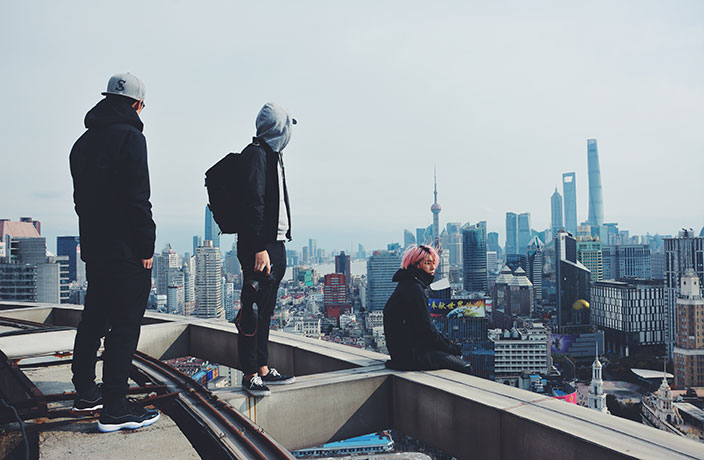




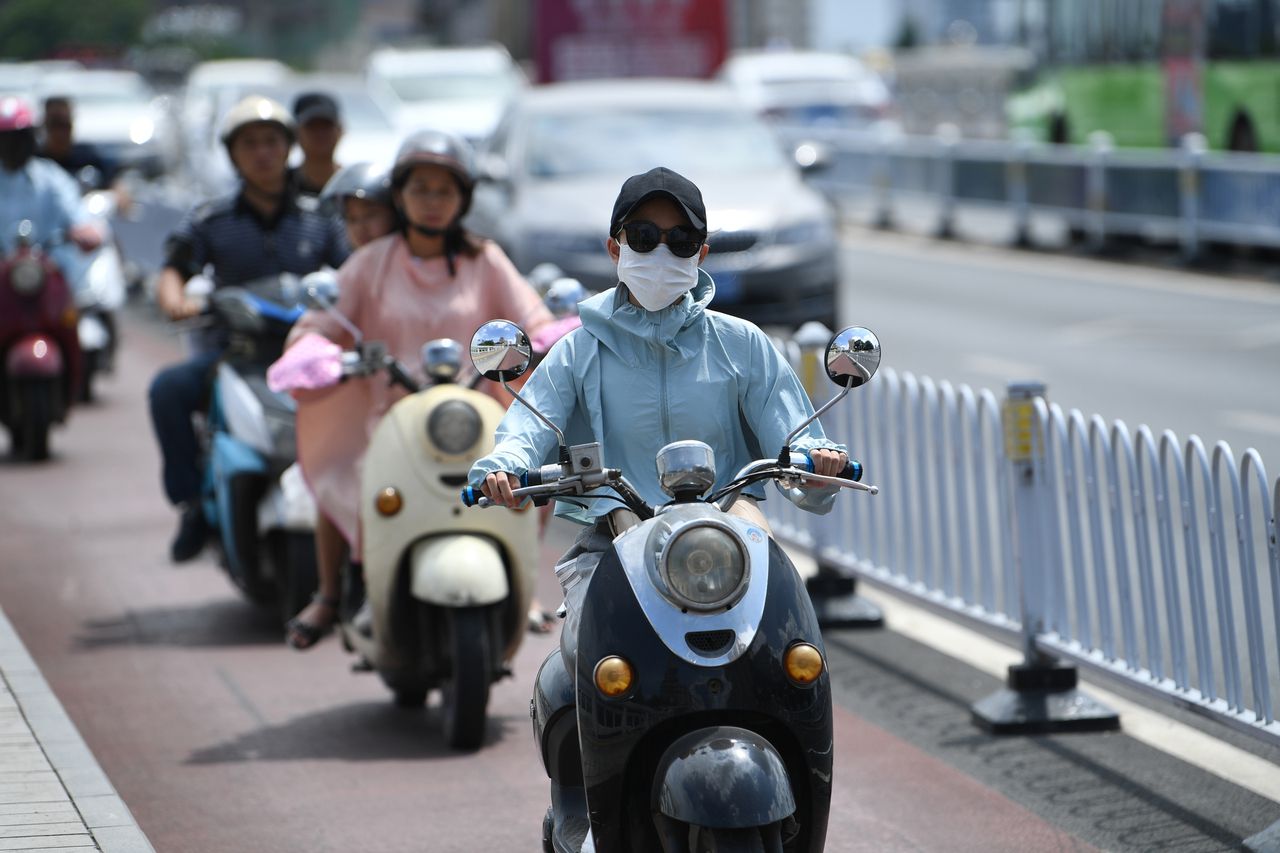
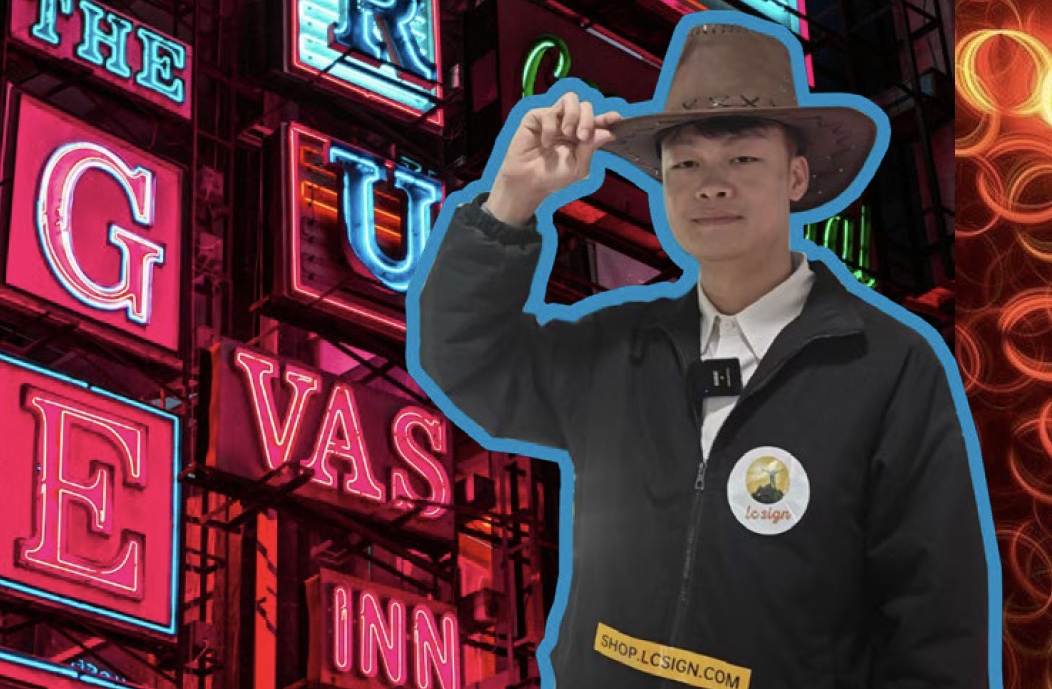
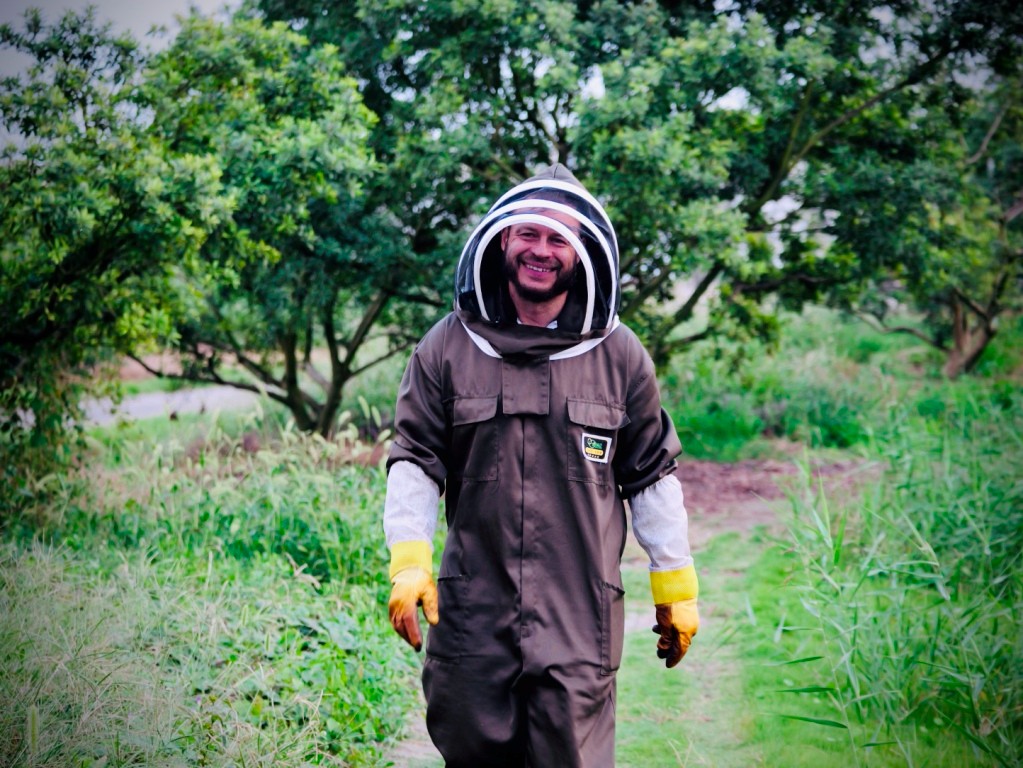














0 User Comments